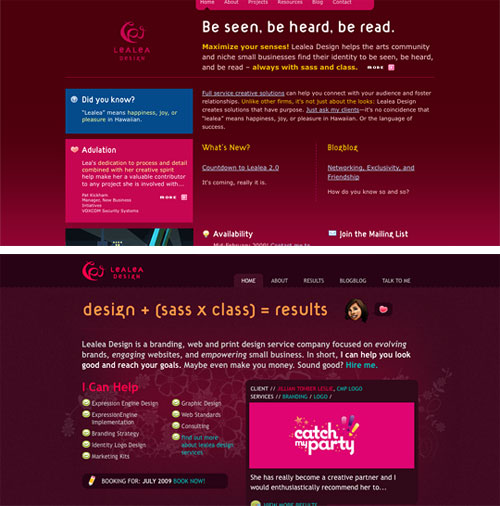CategoryWeb Design
339 articles
¡Viva Mexico! Showcase Of Web Design In Mexico
The Benefits of Experimentation
Read more…“The true method of knowledge is experiment.” - William Blake I spend a fair amount of time working on web design. After a full day at the office, it’s not uncommon for me to come home and work on my own site, blog or other personal projects. It’s also not uncommon for people to ask me how I “find the time” to do this type of personal work. My response, especially to other Web designers, is this. How can you not find the time to do this type of work?







